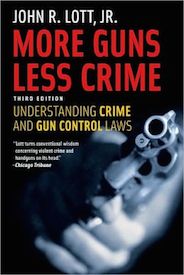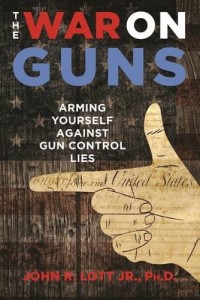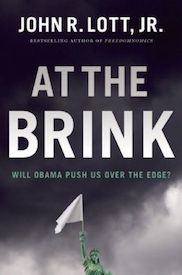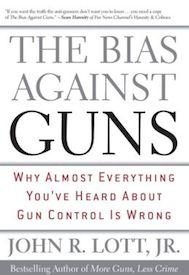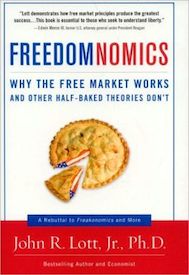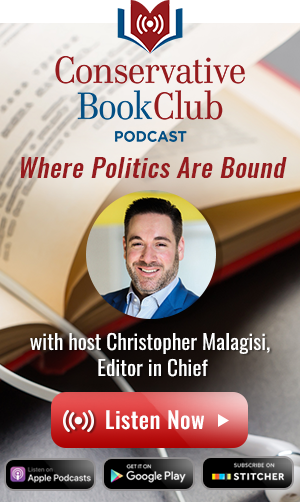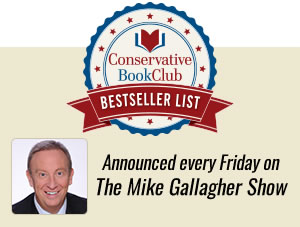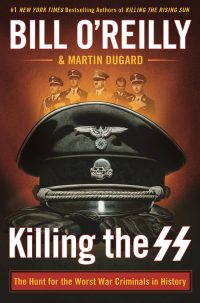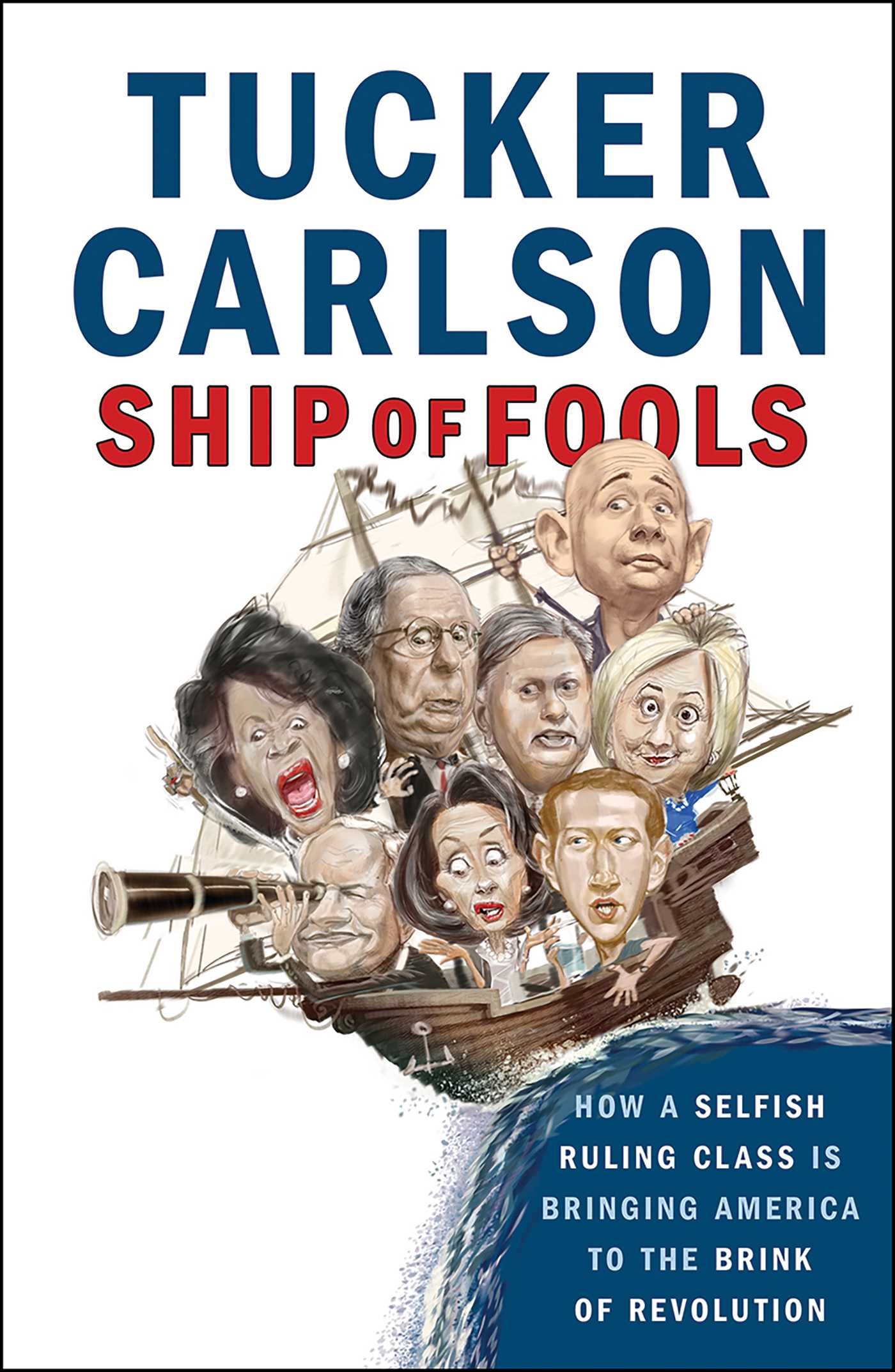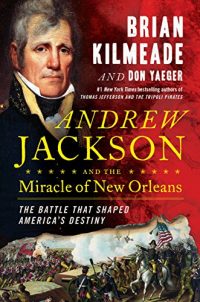More Guns, Less Crime: Understanding Crime and Gun Control Laws
If you believe that it’s dangerous to let ordinary people carry concealed handguns, you owe it to yourself to read More Guns, Less Crime. Law and economics professor John R. Lott Jr. presents reams of evidence that violent crime decreases in places where laws are passed permitting concealed weapons. His explanation is that even criminals respond logically to benefits and costs: They don’t like to attack people who just might be packing heat.
This, of course, is exactly the line of the sometimes over-the-top National Rifle Assn. Critics also have noted that Lott’s research fellowship at the University of Chicago was sponsored by the John M. Olin Foundation, which got its money from a firearms fortune. But you can’t find Lott guilty by association: The NRA didn’t fund his research, and the Olin Foundation has no more connection with guns today than the Ford Foundation does with automobiles.
Lott’s pro-gun argument has to be examined on the merits, and its chief merit is lots of data. Lott collected county-by-county details for the entire U.S., spotting patterns that were invisible in previous studies that relied on state-level data or statistics from only a few counties.
Among his conclusions: Women and blacks, who tend to favor gun control most, actually enjoy the biggest safety gains when right-to-carry laws are passed. Children are safer, too, possibly because nearby pistol-packing adults can come to their rescue. On the other hand, rates of nonviolent crimes, such as burglary and larceny, often rise–probably because criminals switch to them to avoid getting shot.
You would expect that right-to-carry laws would lead to more accidental shootings. Surprisingly, though, Lott shows that the increase is barely measurable–and far outweighed by the simultaneous decrease in violent crime when citizens can defend themselves. In 1992, he estimates, having right-to-carry laws in every state would have prevented 1,400 murders and 4,200 rapes.
For people who have followed this debate since Lott began presenting his findings in 1996, the most interesting part of the book will be Chapter 7, where he responds to his critics. Some come across as disingenuous–such as Susan Glick of the Violence Policy Center. Lott says Glick refused to look at his paper but still told ABC News it was ”flawed.” Others, such as Dan Black and Daniel Nagin of Carnegie-Mellon University and Jens Ludwig of Georgetown University, studied his work in depth. Lott addresses 23 of the critics’ points here and has plausible responses to all of them.
With statistics galore, More Guns, Less Crime is no page-turner. To fully evaluate the debate, you have to grasp Lott’s explanation of why, for example, a two-stage, least-squares test reduces endogeneity problems in regressions. The reward is that you will have a firm grounding in an issue that too often is debated on pure emotion. And if you still disagree with Lott, at least you will know what will be required to rebut a case that looks pretty near bulletproof.
Book Review from BusinessWeek, by Peter Coy
Tags: John Lott, More Guns Less Crime
- The Author
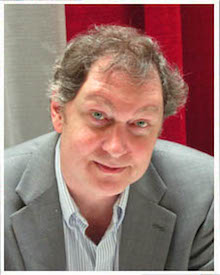
John Lott
** Exclusive CBC Author Interview with John Lott ** John R. Lott Jr., Ph.D., an economist, is the author of the […] More about John Lott.
- Books by the Author
- Related Articles
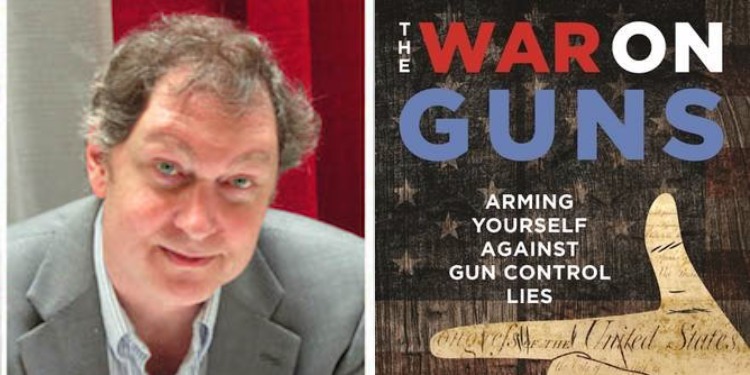
Here’s How You Can Arm Yourself Against Gun Control!
Congratulations John Lott on your new book The War on Guns: Arming Yourself Against Gun Control! Tell us about your […]
Ratings Details




